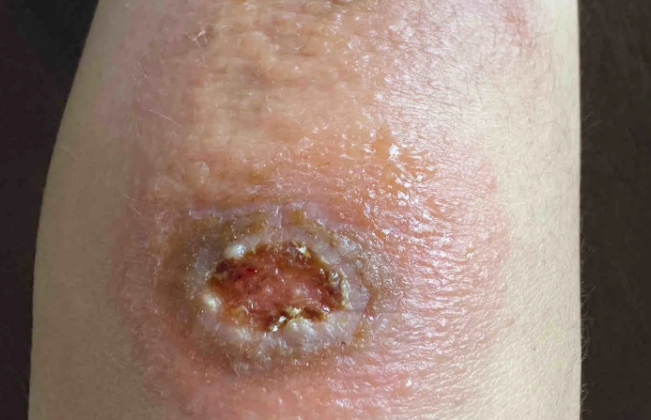Wound adhesion is also a common problem that is quite troublesome. Let's take a look at why it occurs and how to solve it.

Why does wound adhesion occur?
During the wound healing process, a lot of exudates such as blood and tissue fluid will be produced, which may form a hard scab after drying and adhere to the wound dressing. If the wound is not handled properly, such as if the bandage is wrapped too tightly or too loosely, it may also cause the wound to adhere to the bandage. The materials used will also have an impact. Certain materials such as cotton or silk are more likely to combine with exudates, increasing the risk of adhesion. Of course, wound infection is also an important factor. Infection can cause an inflammatory response, the aggregation of fibrin and cells, and the formation of adhesions.
What to do if wound adhesion occurs?
improved through general treatment and physical therapy. Wound adhesion is definitely related to bacterial infection and inflammation. It is necessary to check whether the wound is infected. It can also be improved by using silver ion dressings. Silver ions are in a dynamic active state and maintain the bactericidal silver ion concentration in the wound for a long time. Its hydrophilic nature can absorb a large amount of wound exudate, prevent excessive exudate from corroding normal skin and healing wounds, and effectively promote wound healing. Silver ion dressings can also protect the wound surface, control humidity, and temperature, isolate pollution, and form a mild negative pressure, which is conducive to the formation of granulation tissue and promotes the healing of chronic and refractory wounds.

Care tips:
1. Do not let the wound come into contact with water. You can use gauze to bandage the wound locally and change the dressing on time. Do not eat spicy and irritating food during the treatment.
2. If the adhesion is severe, you can soak it in saline for a while. After it is gradually moistened, it can separate naturally and then you can treat the wound.
3. When treating wounds, pay attention to whether there is infection, redness, or fever of the surrounding tissues. Anti-infection drugs should be taken in time for treatment, and spicy and other irritating foods should be avoided.
To prevent wound adhesion, proper wound care is essential. Regularly changing bandages, ensuring wound cleanliness, and using appropriate functional wound dressings are all effective ways to prevent wound adhesion. If the wound has already been adhered to, seek professional medical help to avoid further damage that may result from self-treatment.
For more information on Innomed® Silver Ion Dressing, Refer to the Previous Articles. If you have customized needs, you are welcome to contact us; You Wholeheartedly. At longterm medical, we transform this data by Innovating and Developing Products that Make Life easier for those who need loving care.
Editor: kiki Jia

 English
English عربى
عربى Español
Español русский
русский 中文简体
中文简体








